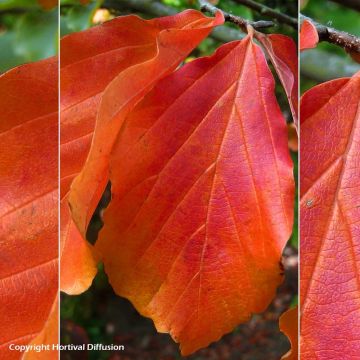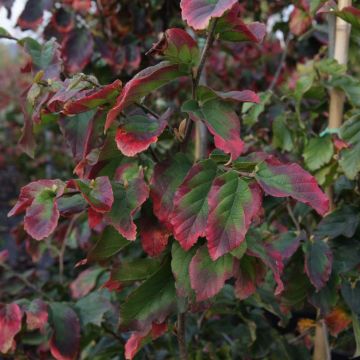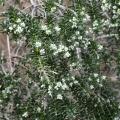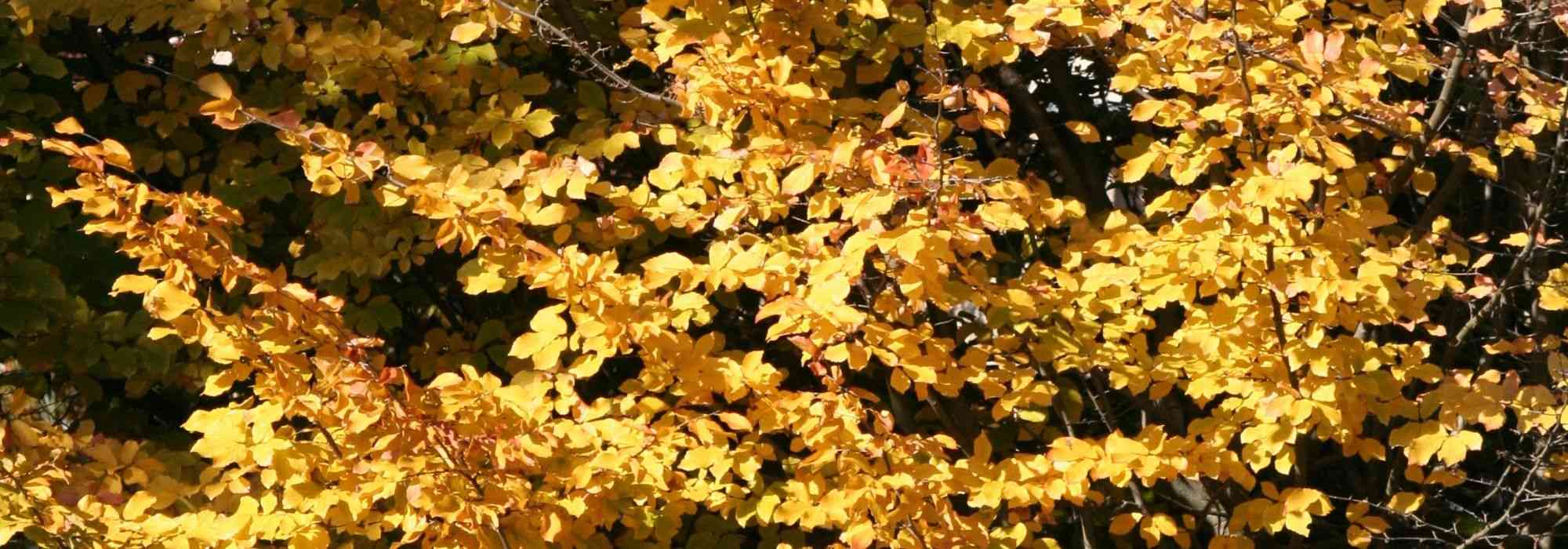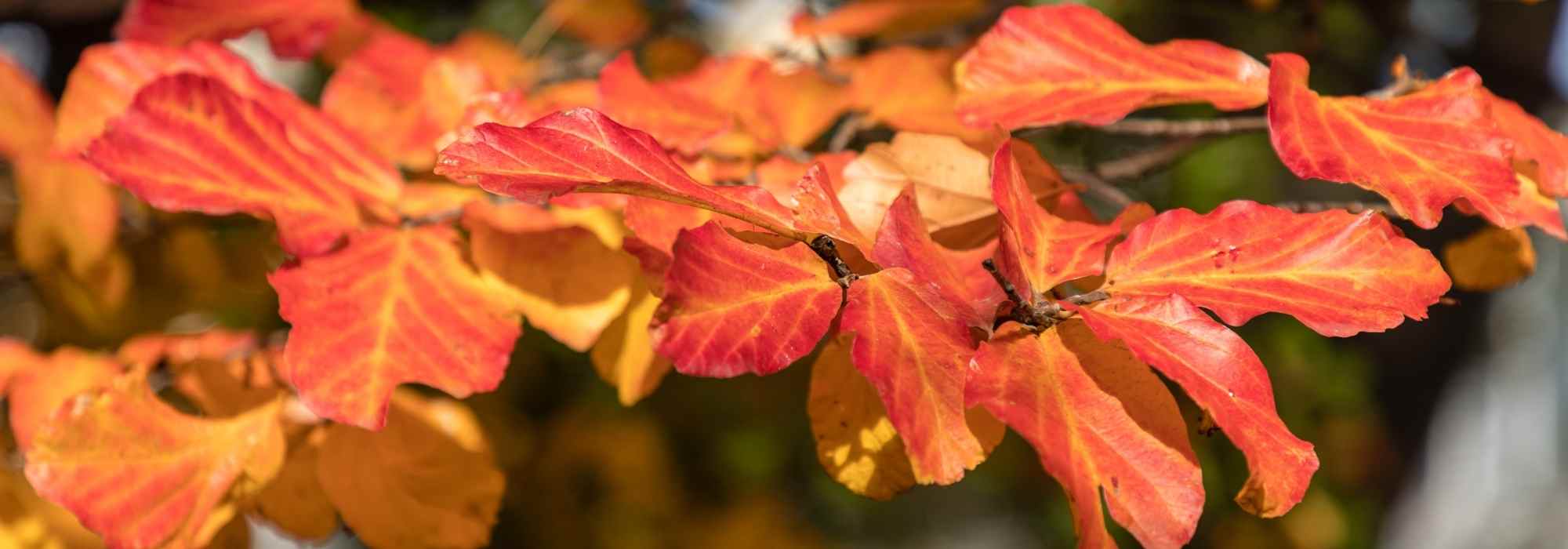Parrotia - Persian Ironwood
Would this plant suit my garden? Set up your Plantfit profile →
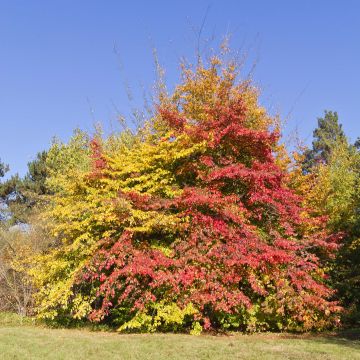
Available in 2 sizes
Available in 2 sizes
Available in 1 sizes
Available in 2 sizes
Available in 1 sizes
Available in 2 sizes
Parrotia persica, also known as the Persian Ironwood, Persian Hornbeam, or Persian Parrotia, is a deciduous tree that becomes unique in autumn with the beauty of its incandescent foliage mixing green, yellow, orange, crimson, and purple. But it also surprises in spring with its flowering in clusters of red stamens that appear directly on the branches. The Persian Ironwood thrives in any type of soil, even limestone, dry or moist but well-drained in partial shade or full sun. The 'Vanessa' variety has a more compact habit than the species, while 'Persian Spire', also of smaller size, brightens up the garden with splendidly coloured foliage from spring to autumn.
The Sycoparrotia is quite similar to other Parrotias but its foliage is semi-evergreen and turns golden yellow in autumn.
Haven't found what you were looking for?





































